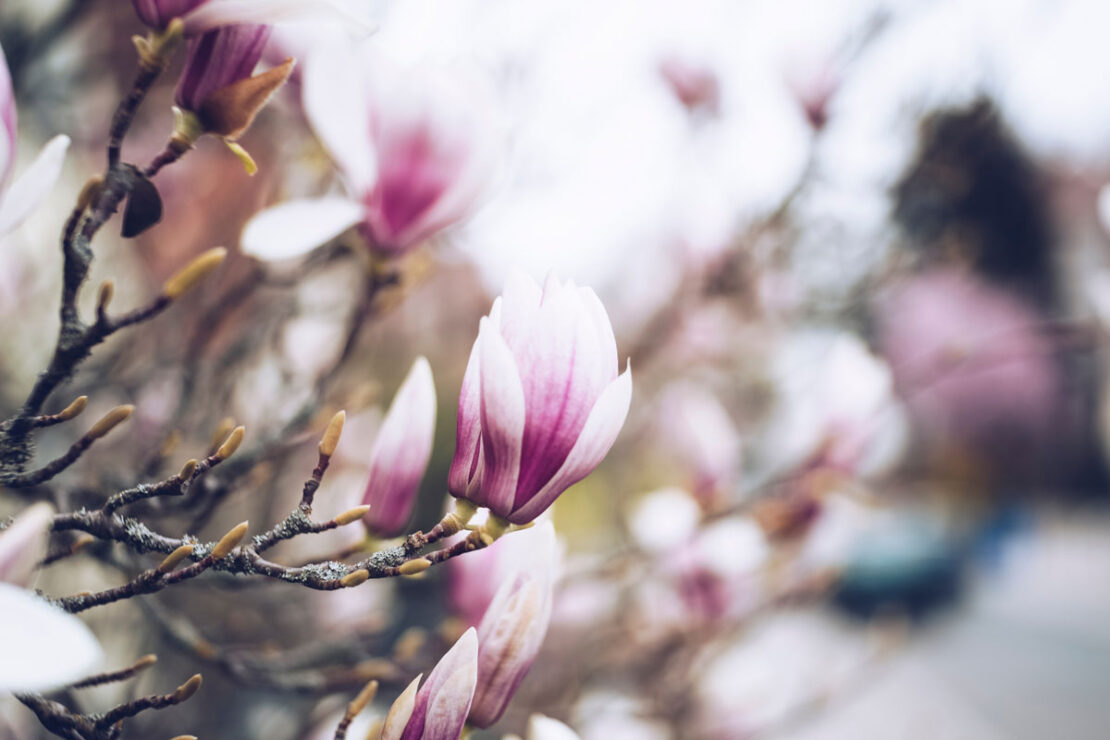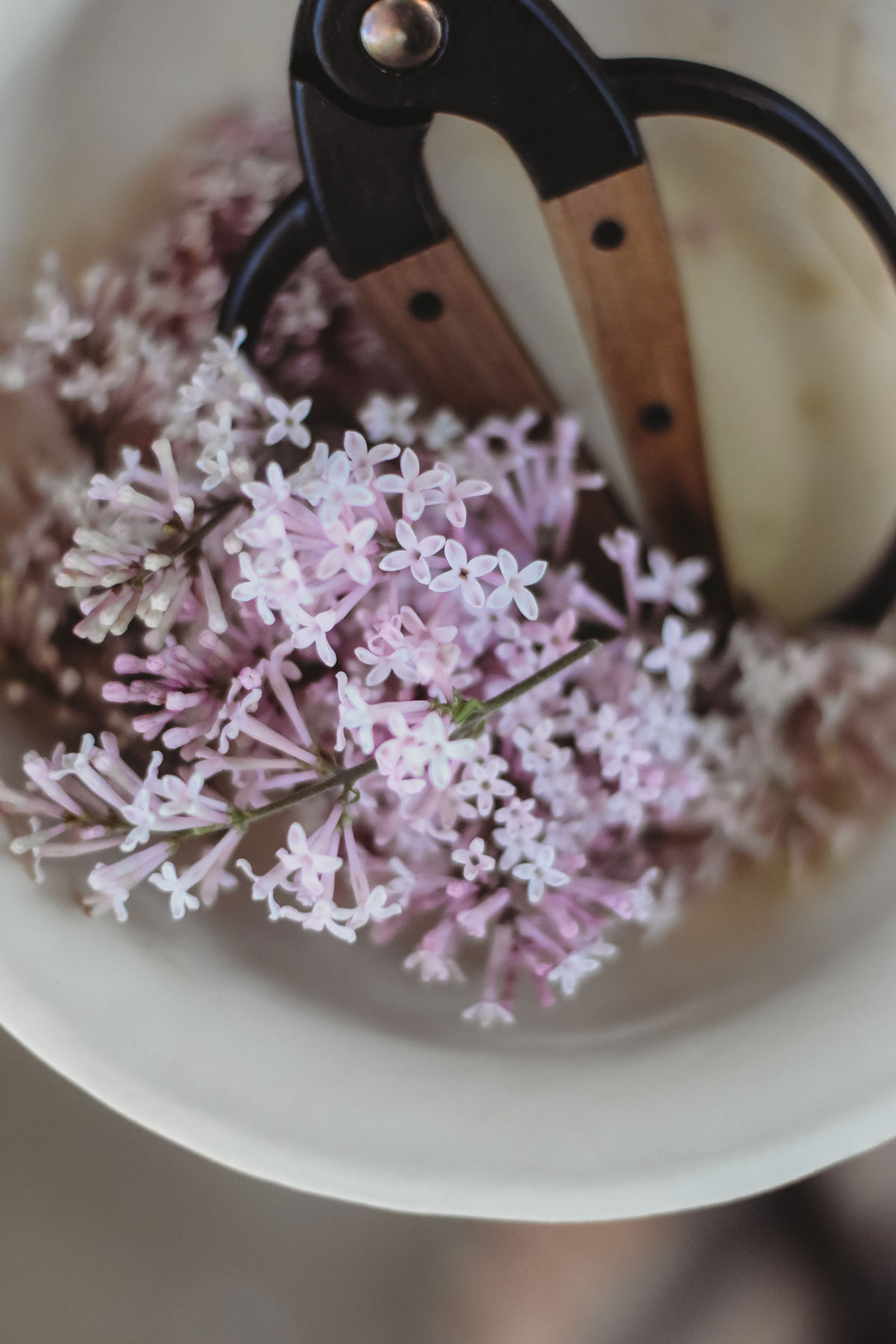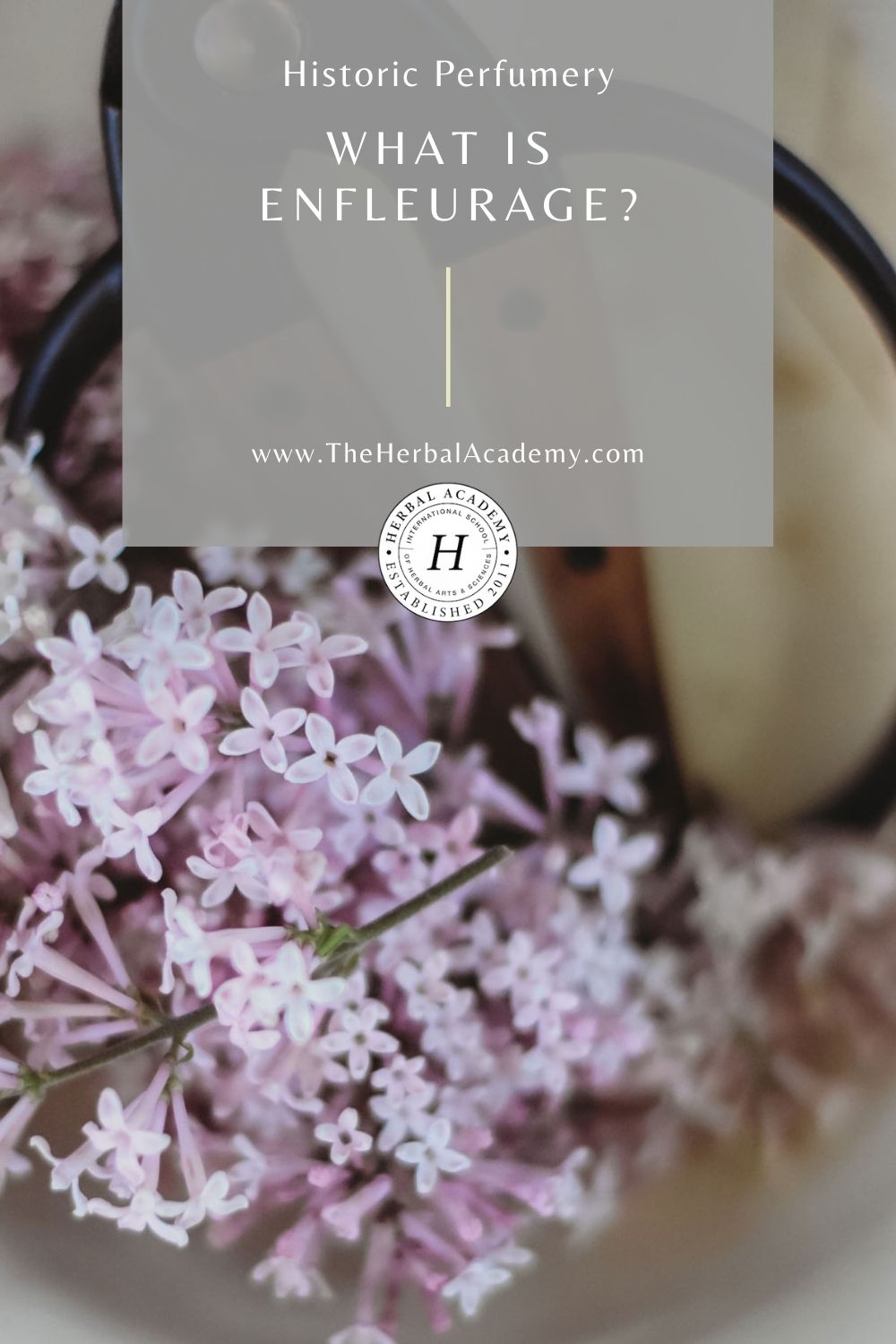
What is Enfleurage? Historic Perfumery Technique with Instructions
“Enfleurage” is a French word that you may have seen associated with historic perfumery techniques. If you’ve seen this mysterious word mentioned in old texts or publications, you probably found yourself wondering, “what is enfleurage?” We dug into our Natural Perfumery Course to answer that question and to share a special sneak peek into our most scent-sual online class.
Enfleurage is a traditional French perfumery method that uses fresh flowers to create an aromatic solid fat, sometimes called a pomade. The resulting fragrant fat can be used as-is or made into solid perfumes, body butters, soaps, creams, or massage oils. This method is well-loved by perfumers, as it captures the true scent of the flowers and excels at retaining the top notes of the fragrant material, which are often lost in oil infusions (McCoy, 2018).

The Enfleurage Process
Any fresh, sturdy, highly fragrant flower that keeps its scent for at least a couple of days can be used for enfleurage, including hyacinth (Hyacinthus orientalis), honeysuckle (Lonicera spp.), jasmine (Jasminum spp.), rose (Rosa spp.), lily (Lilium spp.), peony (Paeonia spp.), lilac (Syringa vulgaris), magnolia (Magnolia spp.), daffodil (Narcissus spp.), and gardenia (Gardenia spp.). Flowers should be harvested when free of dew and rain and should be wilted slightly before use.
What is Enfleurage? Ingredients and Supplies
For the enfleurage process, you’ll need the following ingredients and supplies:
- Deodorized coconut shortening, shea butter, or lard (choose a fat that is solid at room temperature in your climate)
- Fresh, sturdy, fragrant flowers that are accessible for an extended period of time
- Stainless steel or glass container with a lid
- Flexible spatula
- Butter knife
- Tweezers
- Glass jar with a tight-fitting lid for storage
- Marker and label(s)
Enfleurage Directions
- Spread the solid fat on the inside of the bottom of a container to a depth of approximately 0.5 inches (1.3 cm). Alternatively, melt the solid fat over low heat and pour it into the container.
- If desired, spread additional solid fat onto the lid of the container.
- Score the solid fat lightly with a butter knife to increase the surface area for the volatile oils in the flowers to adhere to.
- Lay freshly wilted flowers on top of the layer of solid fat, pressing them in gently so that they make contact with the fat, but are not submerged within it.
- Place container in a dark, cool, dry place.
- Cover the container lightly to avoid particulates falling into the enfleurage, but do not secure the lid tightly, as this may invite microbial growth.
- Check the enfleurage every so often to make sure none of the flowers are molding and that they are still releasing their fragrance. Remove any rotting or browning material.
- After 1-2 days (or once the flowers have turned translucent, browned, or are no longer fragrant), remove all flower material. Tweezers may be necessary to avoid leaving any flower particulates in the fat, which may invite microbial growth if not removed.
- Repeat steps 4-8 as many times as you like until your desired level of fragrance is achieved. This may be anywhere from 6-36 times.
- When you are happy with the level of fragrance and have removed all flower material, use a flexible spatula to move the solid fat to a glass jar with a tight-fitting lid.
- Label, and store in a cool, dark place for up to 1 year.
We hope this post has solved the perfumery mystery and answered your question of “what is enfleurage?”
If making your own perfume from readily available plant material or sustainably sourced essential oils sparks your curiosity, then don’t miss our Natural Perfumery course! This online aromatic adventure includes all the information you need to start blending your own botanical perfumes at home today, including over 20 recipes, a special collection of perfumery plant monographs, simple rituals for incorporating them into your lifestyle, expert guidance, and beautifully illustrated downloads for safety, sustainability, blending techniques, and more.
Learn more or enroll in the Natural Perfumery Course!

REFERENCES
McCoy, A. (2018). Homemade perfume. Salem, MA: Page Street Publishing Co.







